#30: Oil on Ice: Improving spill response in frigid regions
The environmental and economic toll of large-scale oil spills, such as the Exxon Valdez and Deepwater Horizon incidents, can linger for decades. That’s why research into better techniques and technologies for rapidly responding to these disasters is critical. One aspect of oil spill response that requires particular attention is the effect of ice and frigid…
Read MorePodcast: Play in new window | Download
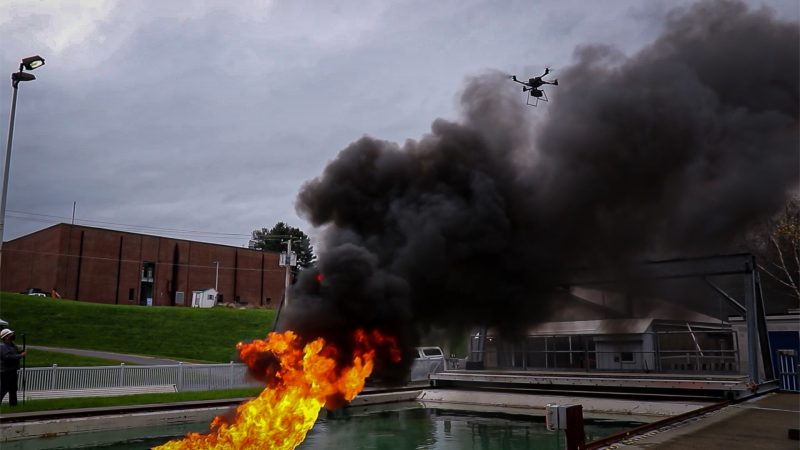
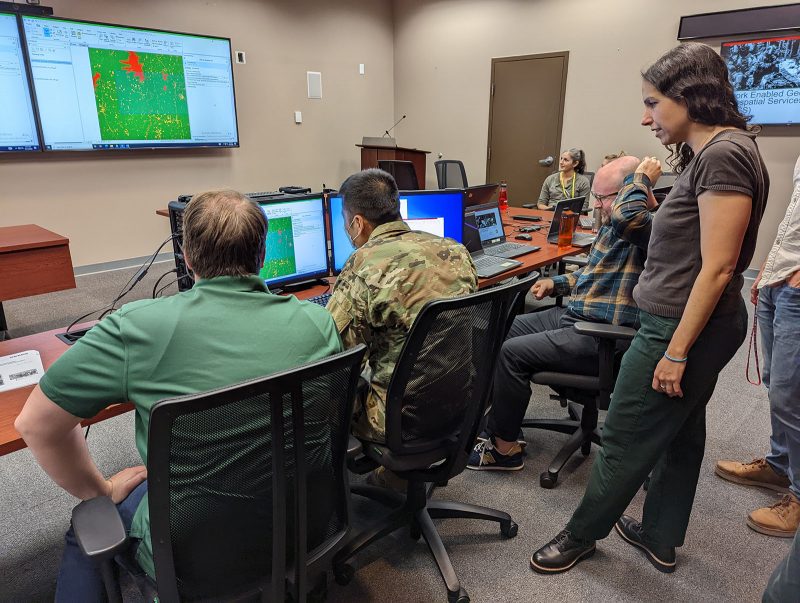
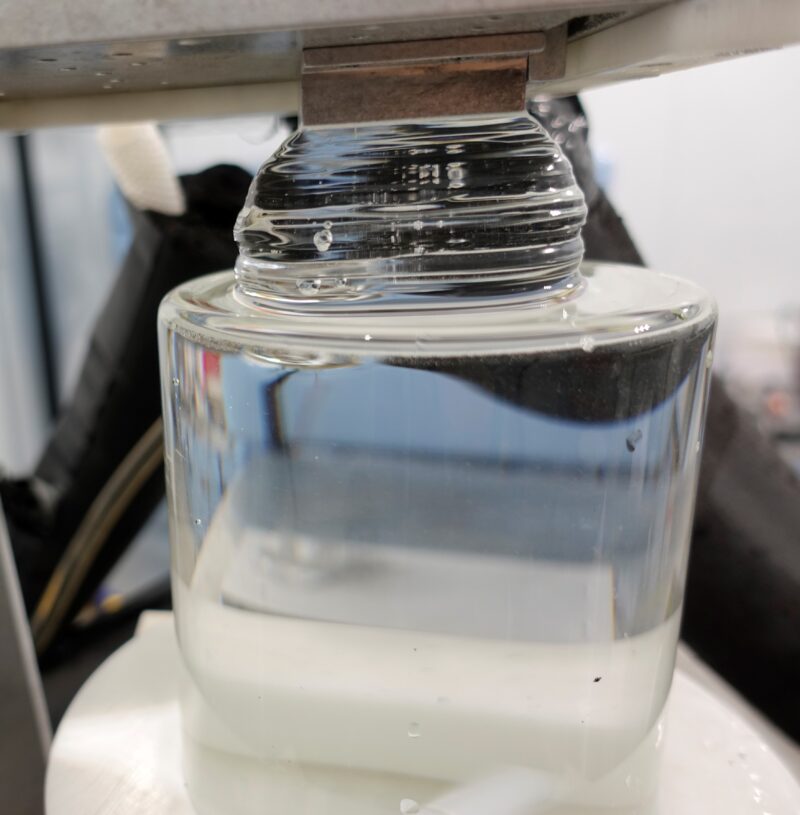

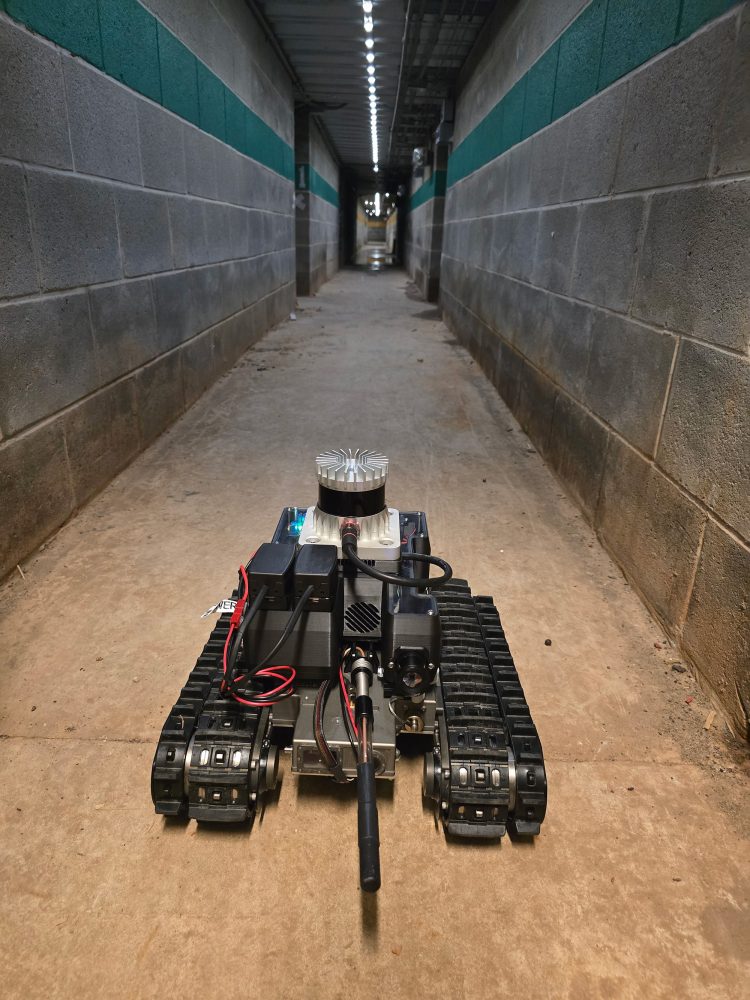
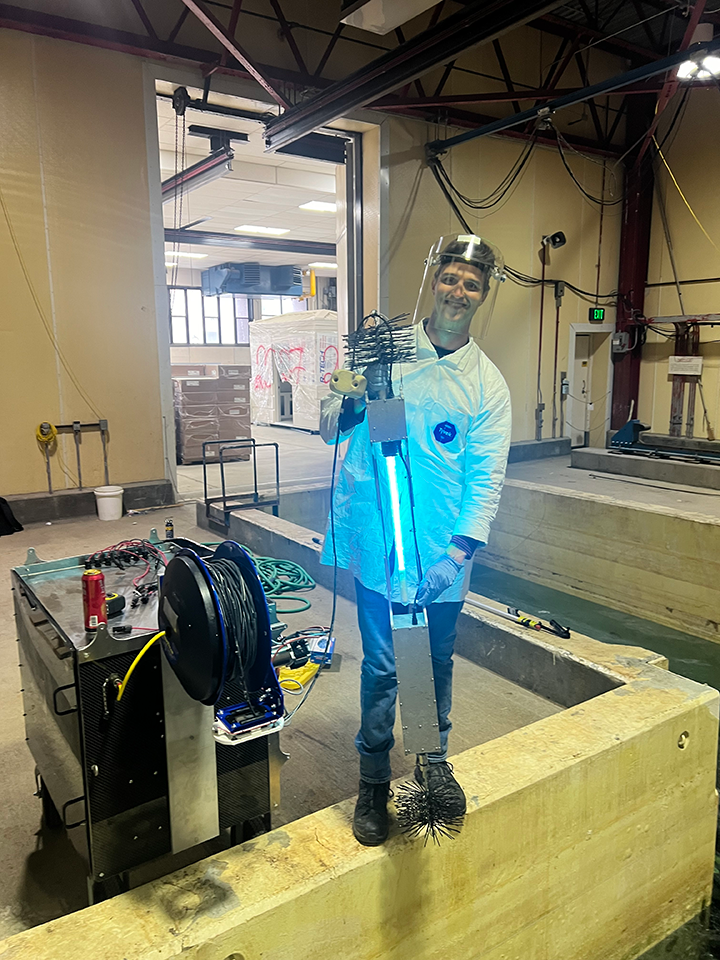
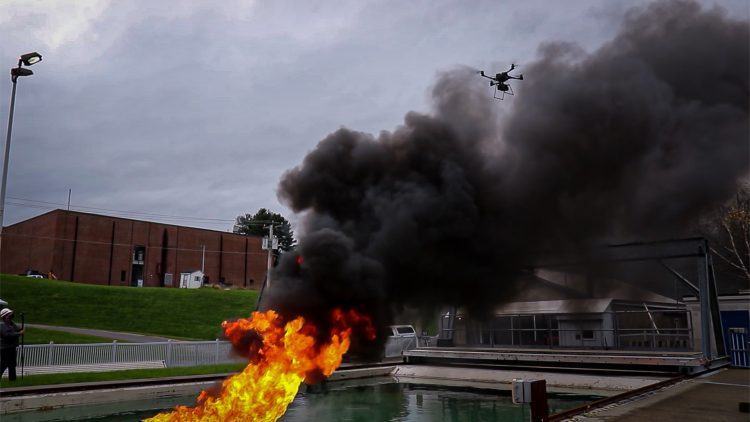
Recent Comments